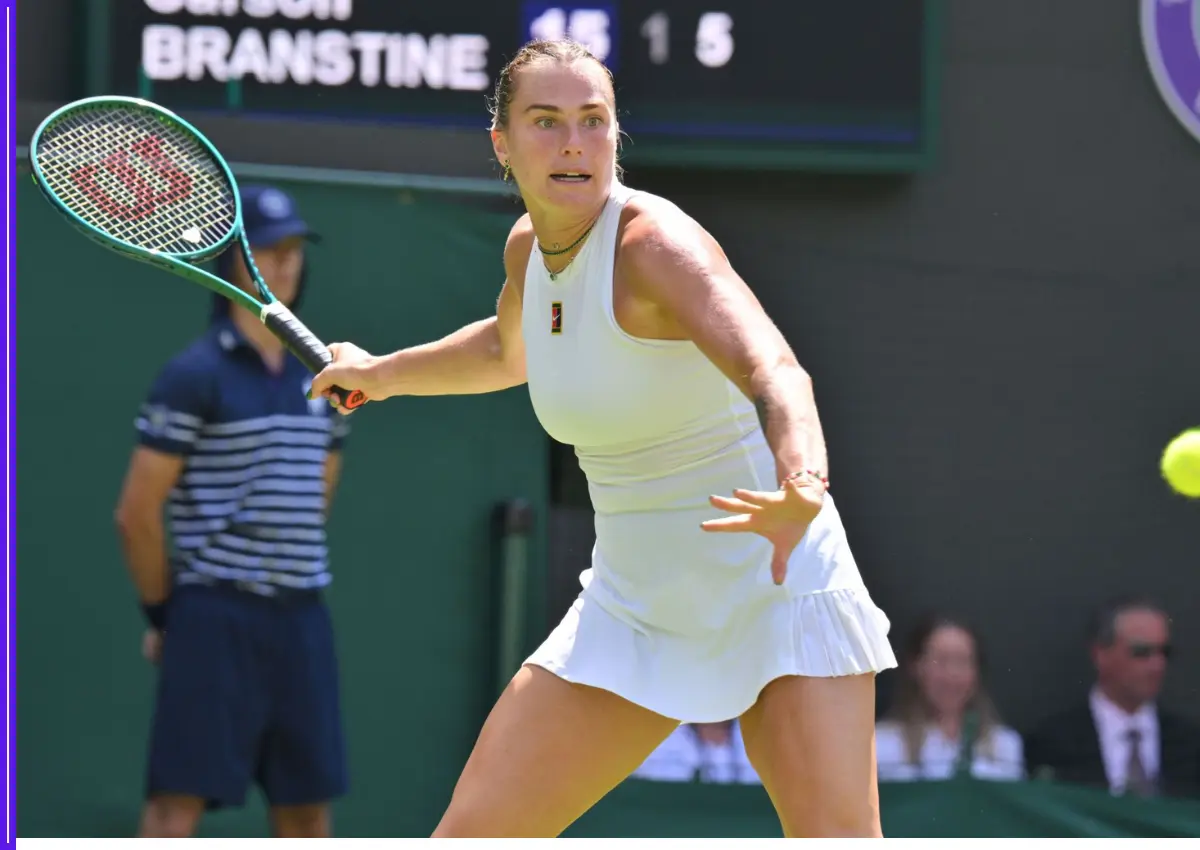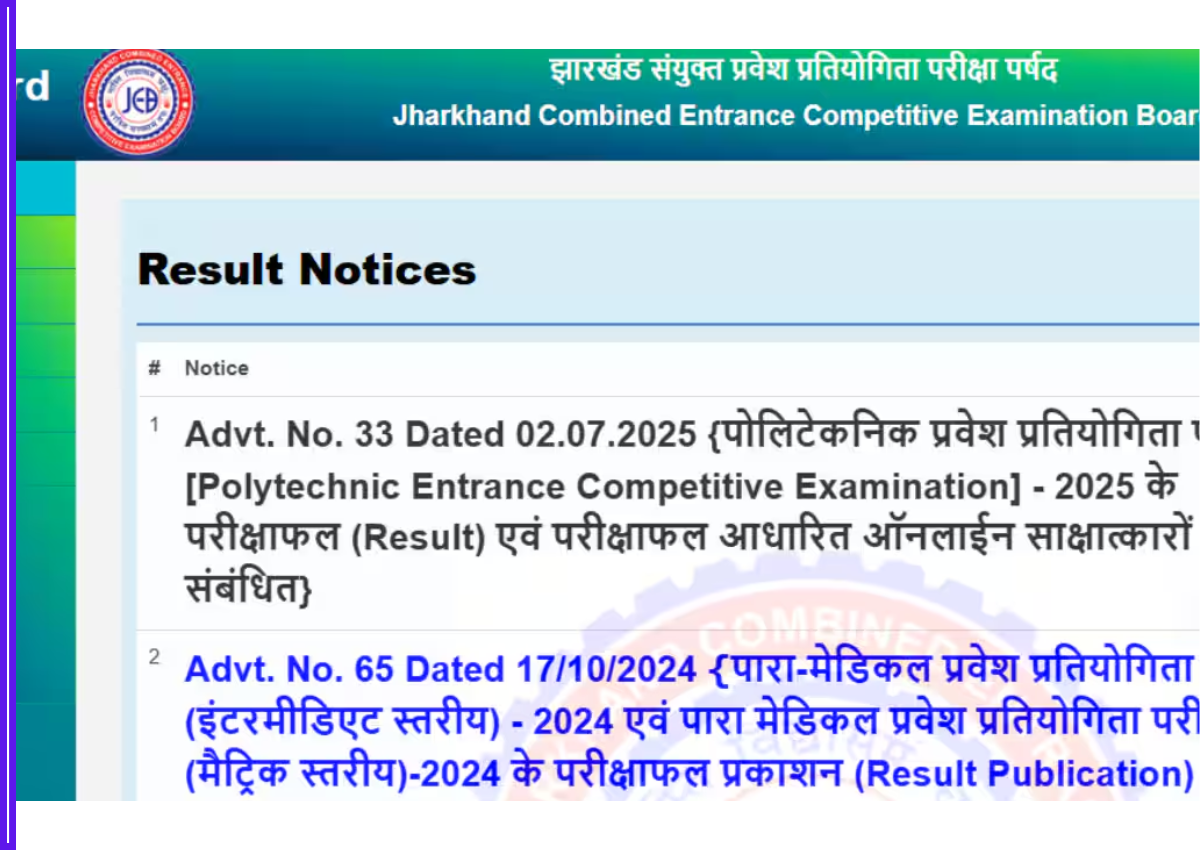In the heart of Balurghat, a small town in West Bengal, lies a thriving industry that is not only weaving mats but also weaving dreams of self-reliance for women. The mat industry in Balurghat has emerged as a beacon of empowerment, providing opportunities for women to become financially independent while preserving traditional craftsmanship. Through the lens of this industry, we explore the transformative journey towards women’s self-reliance in Balurghat, where students join hands in weaving dreams for a brighter future.

Historical Context:
The tradition of mat weaving in Balurghat dates back centuries, deeply rooted in the region’s cultural heritage. Initially, mat weaving was primarily a male-dominated occupation, with women confined to household chores. However, with changing times and socio-economic dynamics, women began to participate actively in the industry, gradually breaking gender barriers and asserting their presence in the workforce.
The Role of Mat Industry in Women’s Empowerment:
The mat industry in Balurghat serves as a catalyst for women’s empowerment on multiple fronts. Firstly, it provides employment opportunities for women, especially those from marginalised communities, enabling them to contribute to their household income and gain financial autonomy. Secondly, it fosters skill development and entrepreneurship among women, empowering them to start their enterprises and become self-reliant. Moreover, the industry promotes gender equality by challenging traditional stereotypes and creating a conducive environment for women to thrive.
Impact on Education:
One of the most remarkable aspects of the mat industry’s influence is its impact on education, particularly for young girls. Many families in Balurghat rely on income generated from mat weaving to support their children’s education. As a result, girls who would otherwise be constrained by financial limitations can pursue their academic aspirations. Moreover, several initiatives have been launched to integrate vocational training in mat weaving into the school curriculum, allowing students to acquire practical skills while completing their education.
The Journey of Students in Mat Weaving:
Students in Balurghat are not just passive observers but active participants in the mat weaving process. Many educational institutions collaborate with local cooperatives and NGOs to engage students in hands-on learning experiences. Through internships, workshops, and vocational training programs, students gain insights into the intricacies of mat weaving and develop a profound appreciation for traditional craftsmanship. These initiatives not only supplement their academic curriculum but also instil values of hard work, perseverance, and cultural preservation.
Challenges and Opportunities:
Despite its transformative impact, the mat industry in Balurghat faces numerous challenges, including fluctuating market demands, lack of infrastructure, and limited access to credit facilities. Moreover, the traditional methods of mat weaving are labour-intensive and time-consuming, posing constraints on scalability and competitiveness. However, these challenges also present opportunities for innovation and collaboration. By embracing technological advancements and adopting sustainable practices, the industry can enhance its productivity and marketability while ensuring the welfare of its workforce.
The path to women’s self-reliance in Balurghat is intricately woven with the threads of the mat industry, where tradition meets innovation, and aspirations take flight. Through concerted efforts and collective endeavours, women are breaking barriers, realising their potential, and shaping their destinies. As students join in weaving dreams alongside their elders, they not only contribute to the socio-economic fabric of their community but also sow the seeds of a brighter future. Balurghat’s journey towards self-reliance is a testament to the resilience of its people and the transformative power of inclusive development. As we continue to tread this path, let us strive to empower women, nurture talent, and build a society where every individual has the opportunity to thrive.





